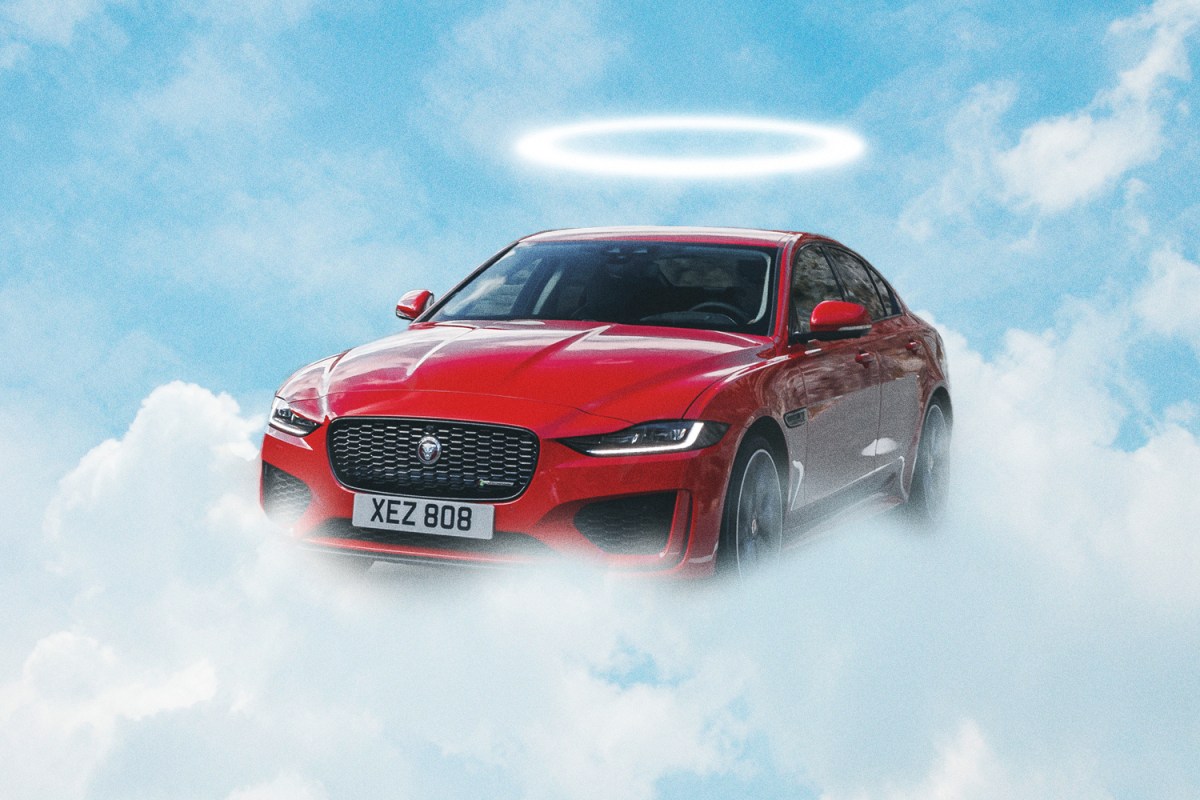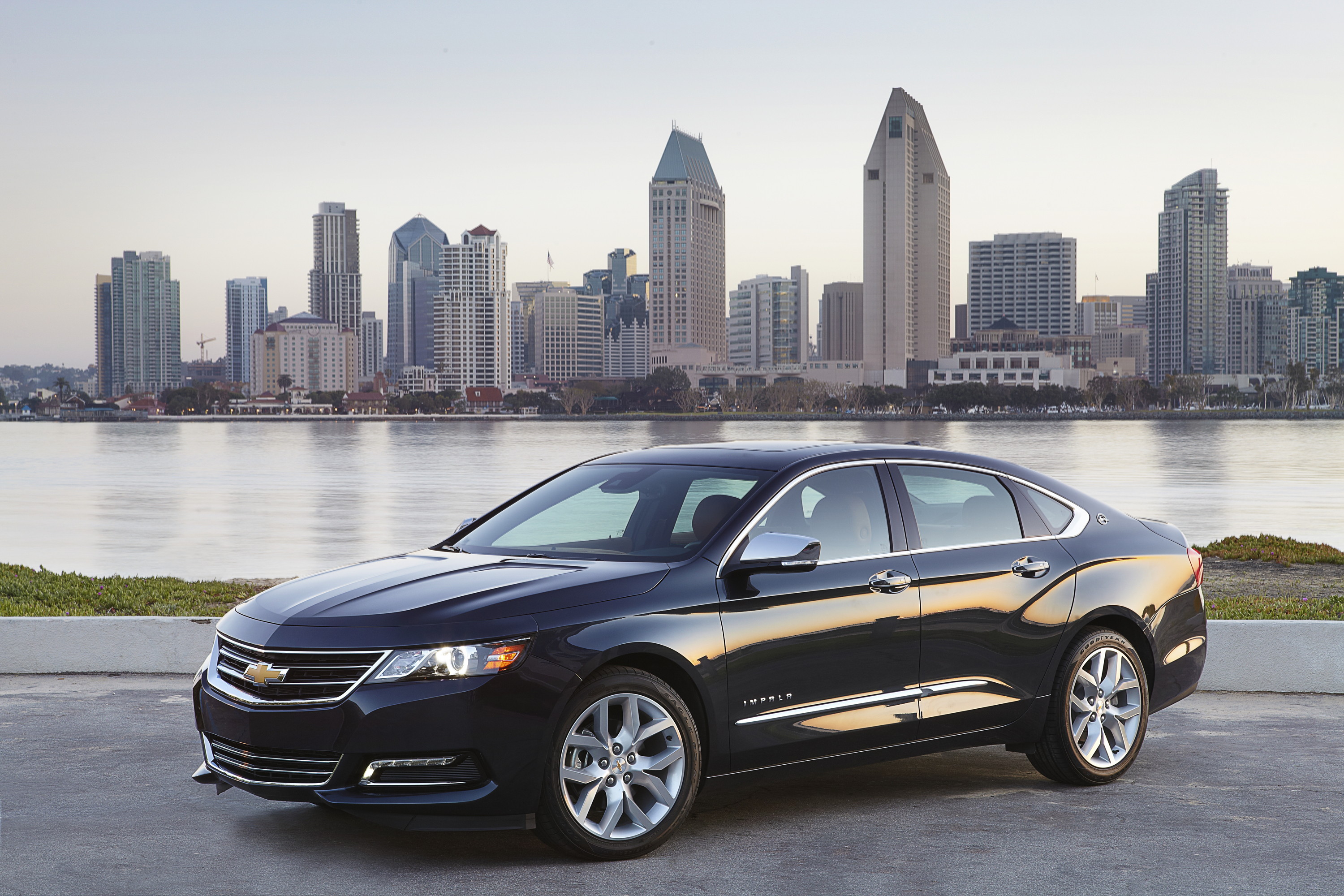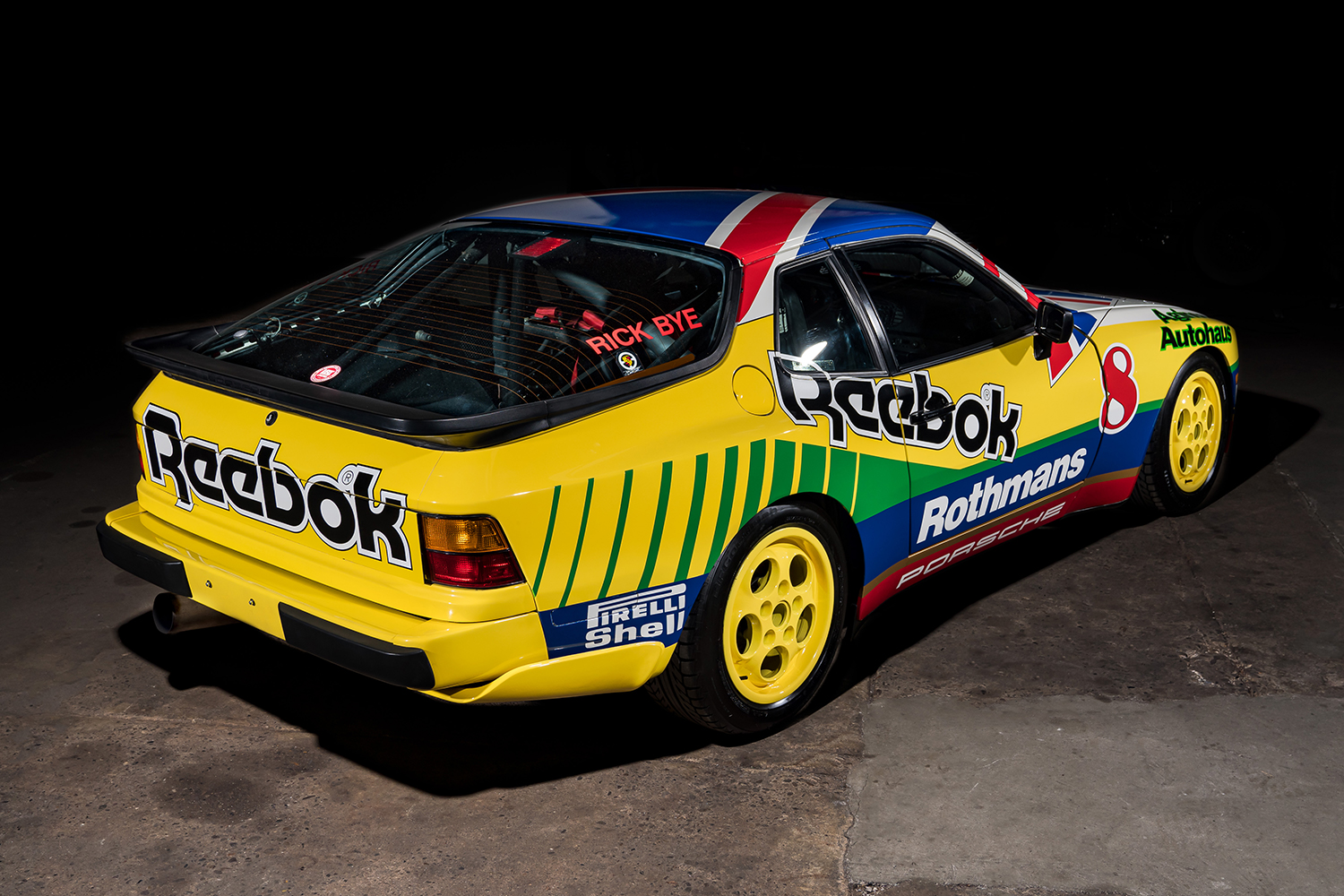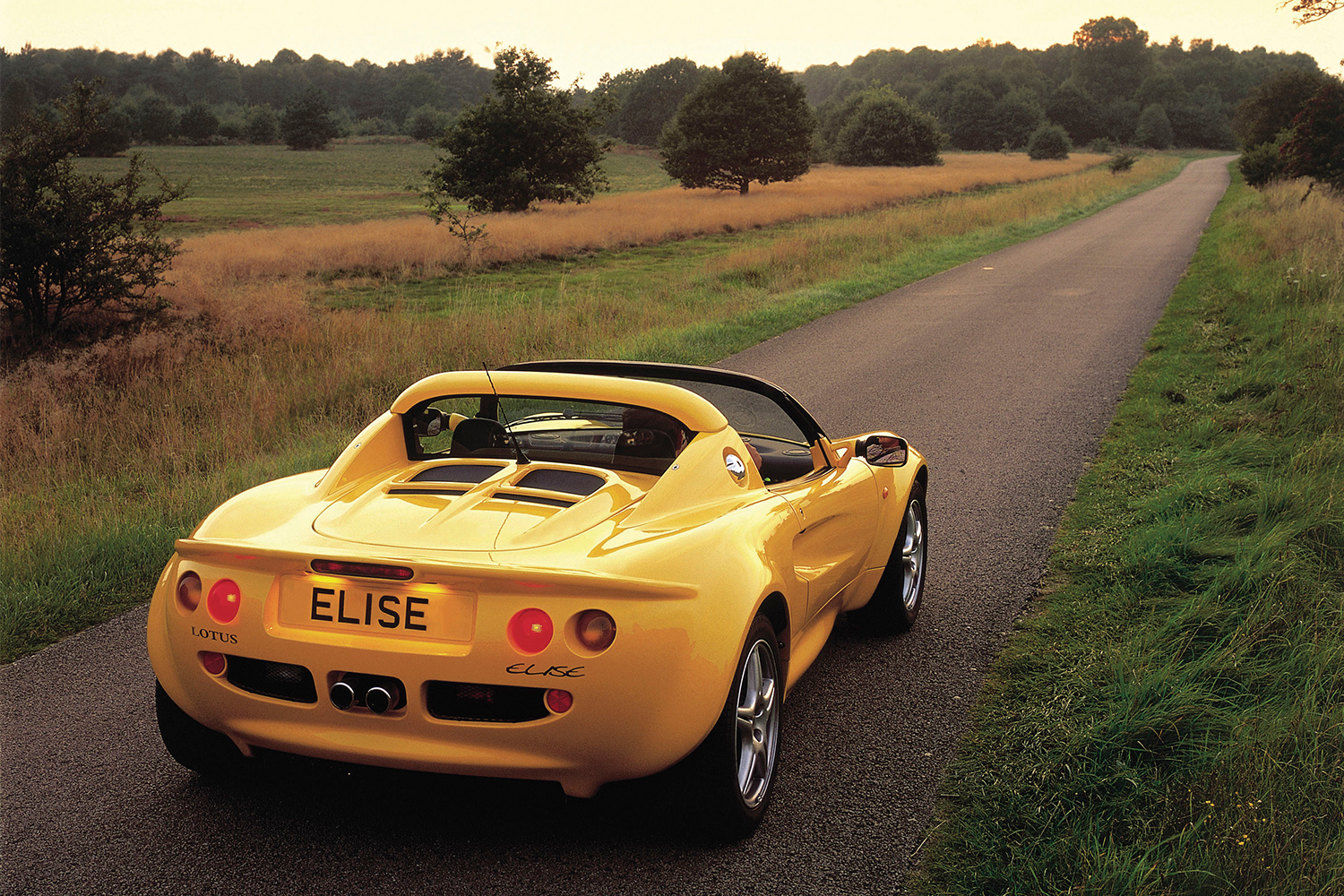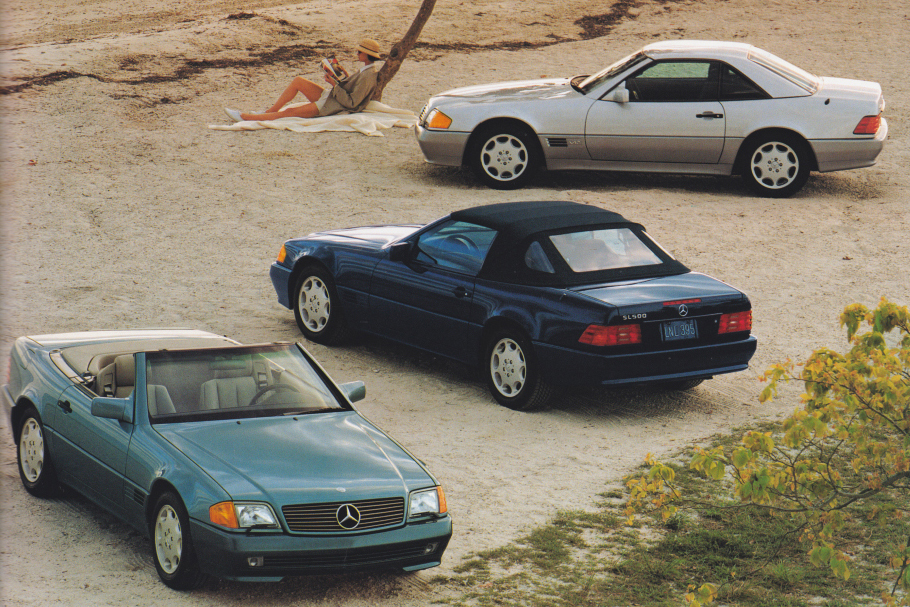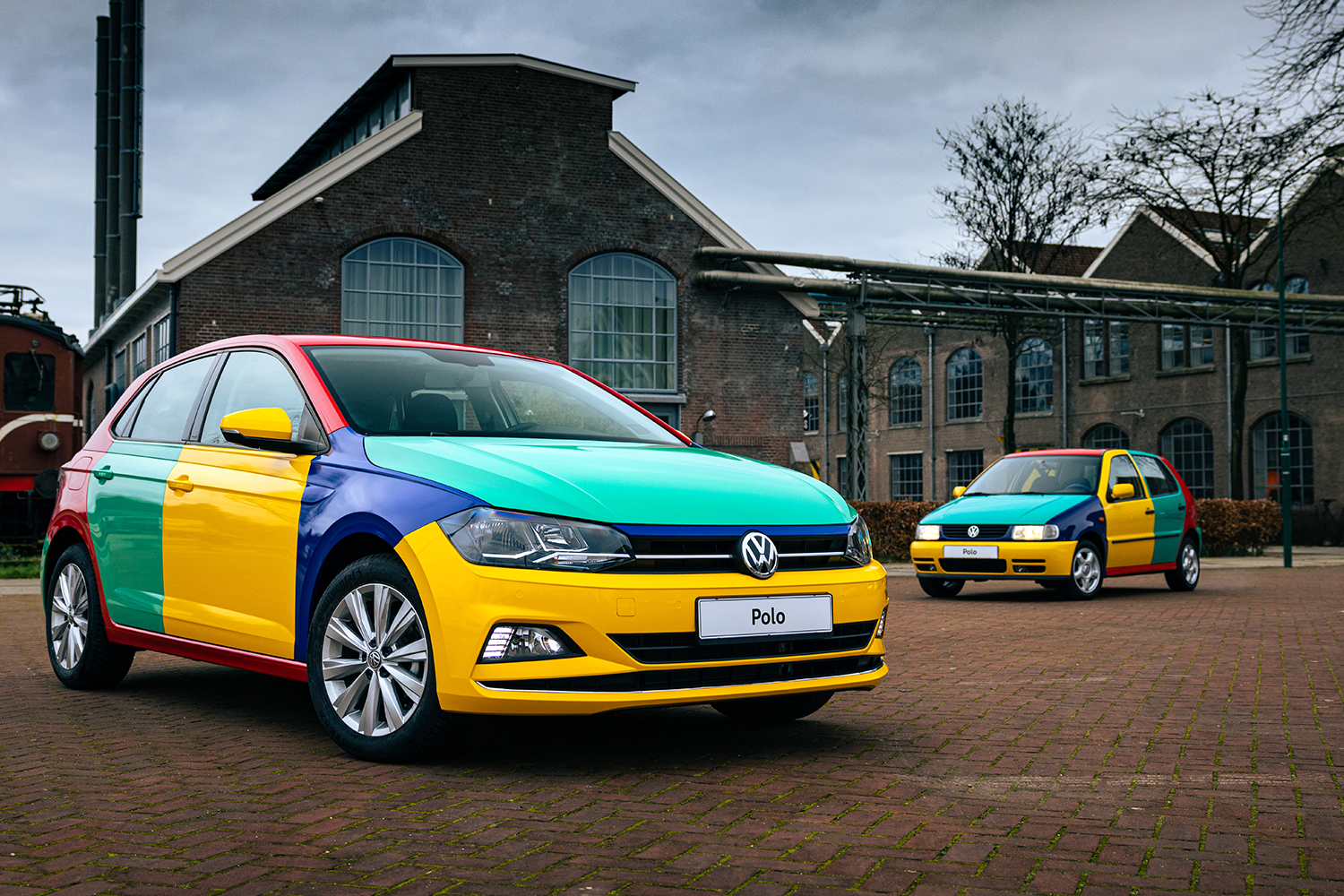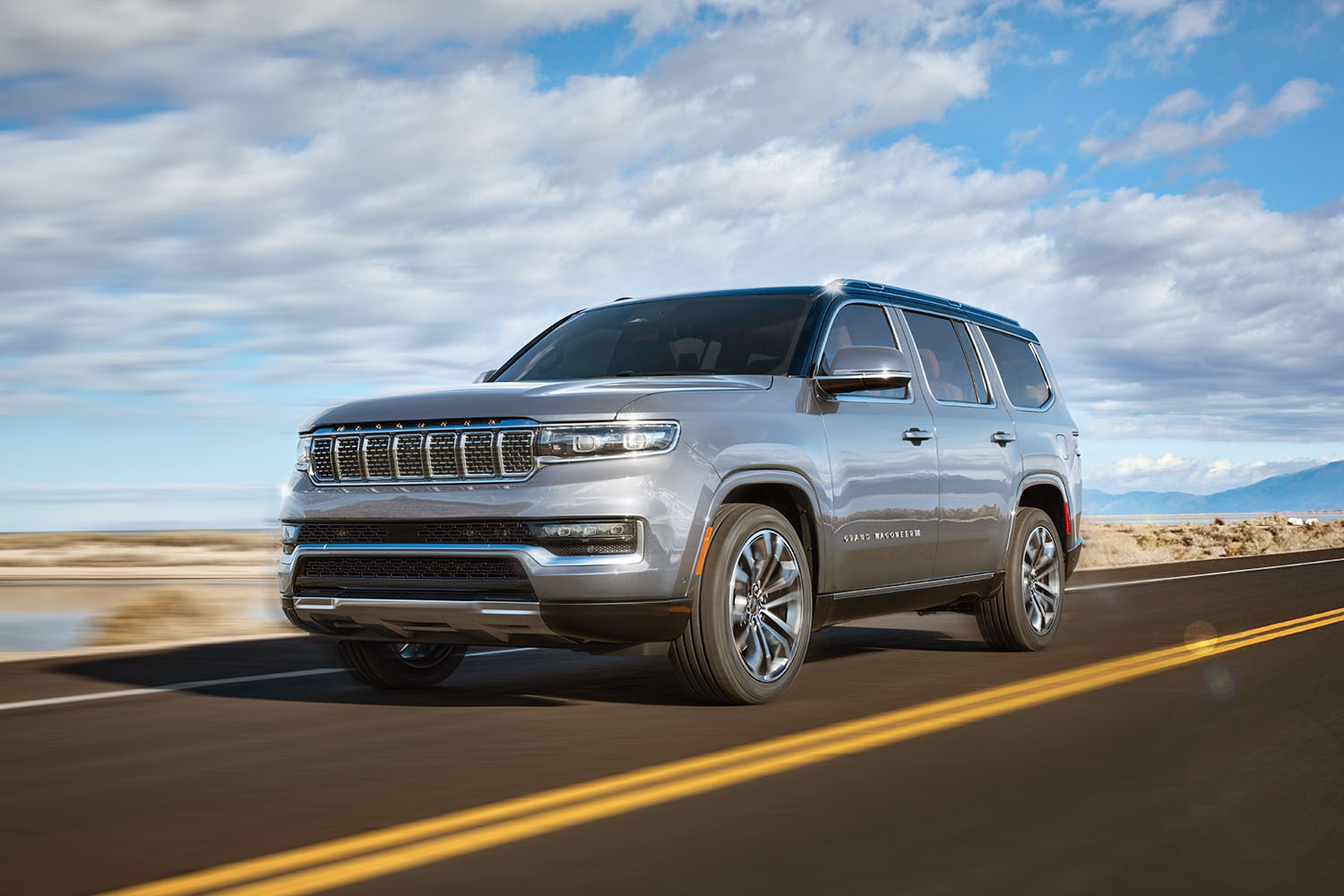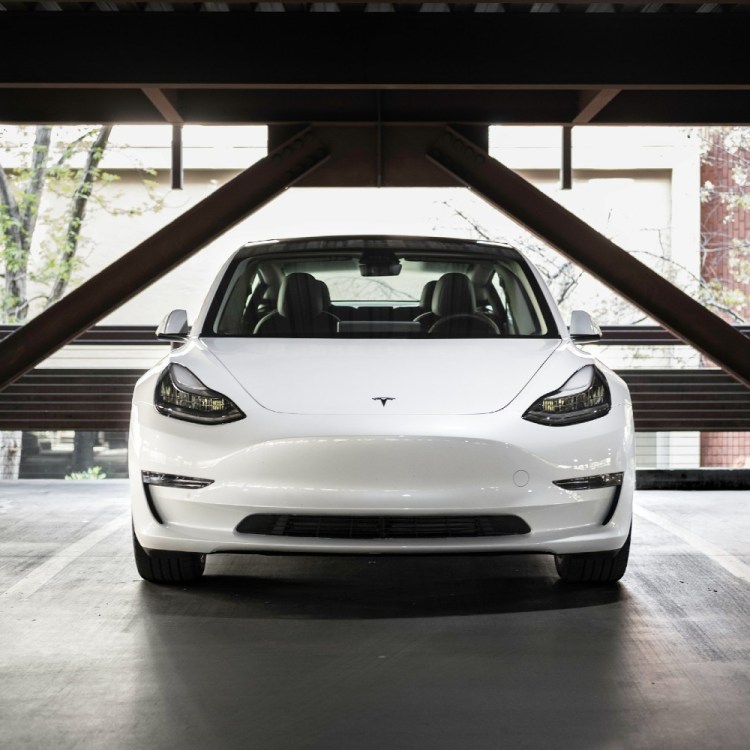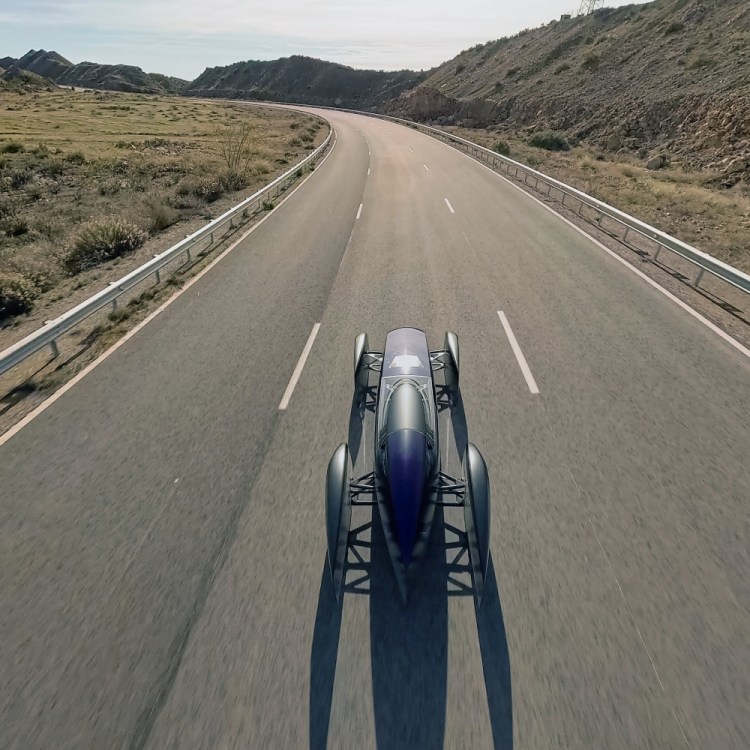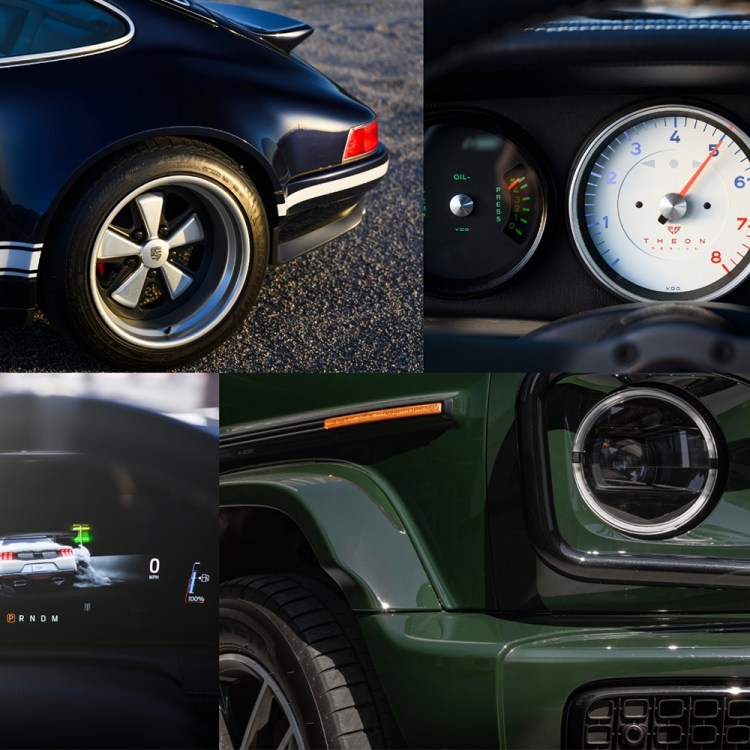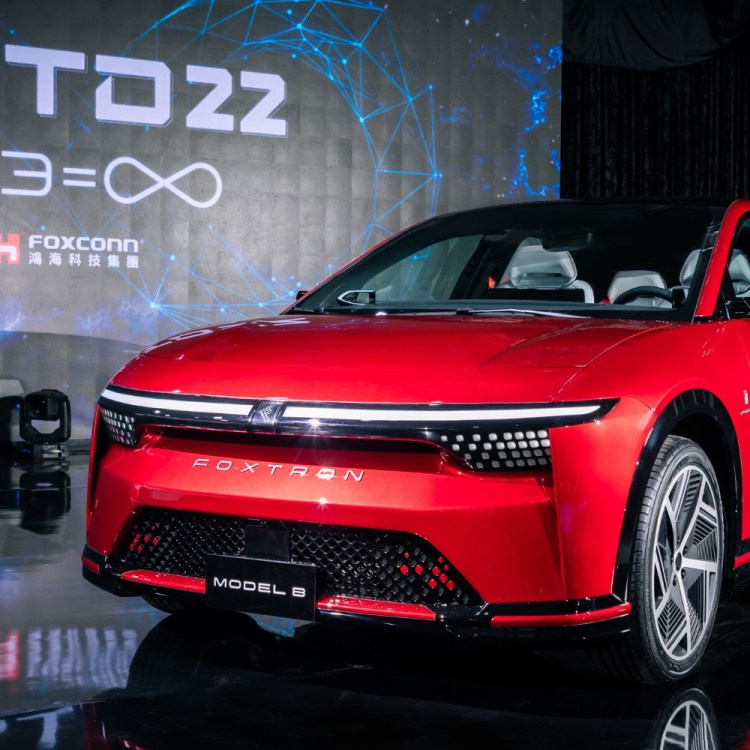Every year the auto industry claims a fresh set of casualties: cars, trucks and SUVs that simply no longer cut it due to the shifting focus of their respective brands, the faltering fortunes of their manufacturers or the fickle nature of their shrinking customer base.
This year has delivered a longer list of obsolescence than usual. While the pandemic has no doubt played a role in the decision to hack-and-slash certain models, as has the industry’s shift towards electrification, it’s the inexorable march towards an SUV-dominated future that has had the greatest impact on the badges that are now being wiped off future sales sheets.
Which of the dearly departed autos deserve the most attention before the shuffle off this iron coil? The following seven models are among the noteworthy names taking their final bow this year. To help you cope, we’ve also suggested suitable replacements that you can still find at dealerships, for most of them anyway.
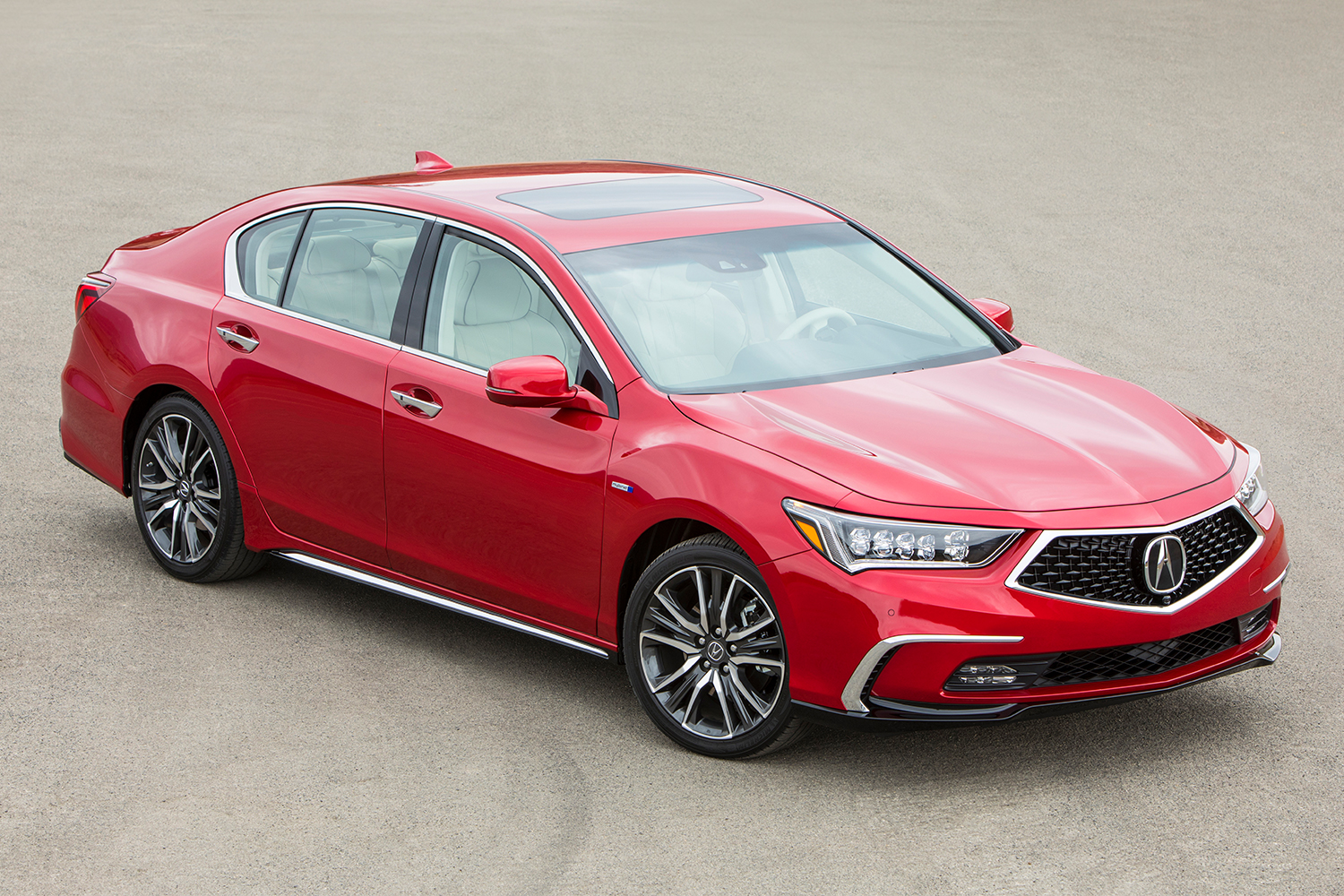
Acura RLX
The Acura RLX is one of the most puzzling vehicles of the past decade. When the flagship sedan debuted as a 2014 model, the Sport Hybrid, it boasted an advanced drivetrain that shared more than a few details with the NSX supercar (which had yet to go on sale). With heaps of horsepower and standard all-wheel drive, it felt like the top-tier RLX was a fitting rival to vehicles like the Lexus LS and the BMW 7 Series for performance-oriented executive car fans.
And then … nothing. Despite its all-around competence, by its third year on the market the RLX struggled to crack 2,000 units, and soon afterwards barely a thousand examples a year were finding new homes — or sixty times fewer than the brand’s best-seller, the MDX SUV. Yes, sport-utilities played a role in bludgeoning large luxury cars to death in North America, but the RLX remains an outlier in how it was almost completely ignored despite its seemingly strong bonafides.
Want something similar? The Lexus LS 500h is the closest spiritual successor to the RLX for those who want a hybrid luxury sedan stuffed with tech at a sub-$100K price point.
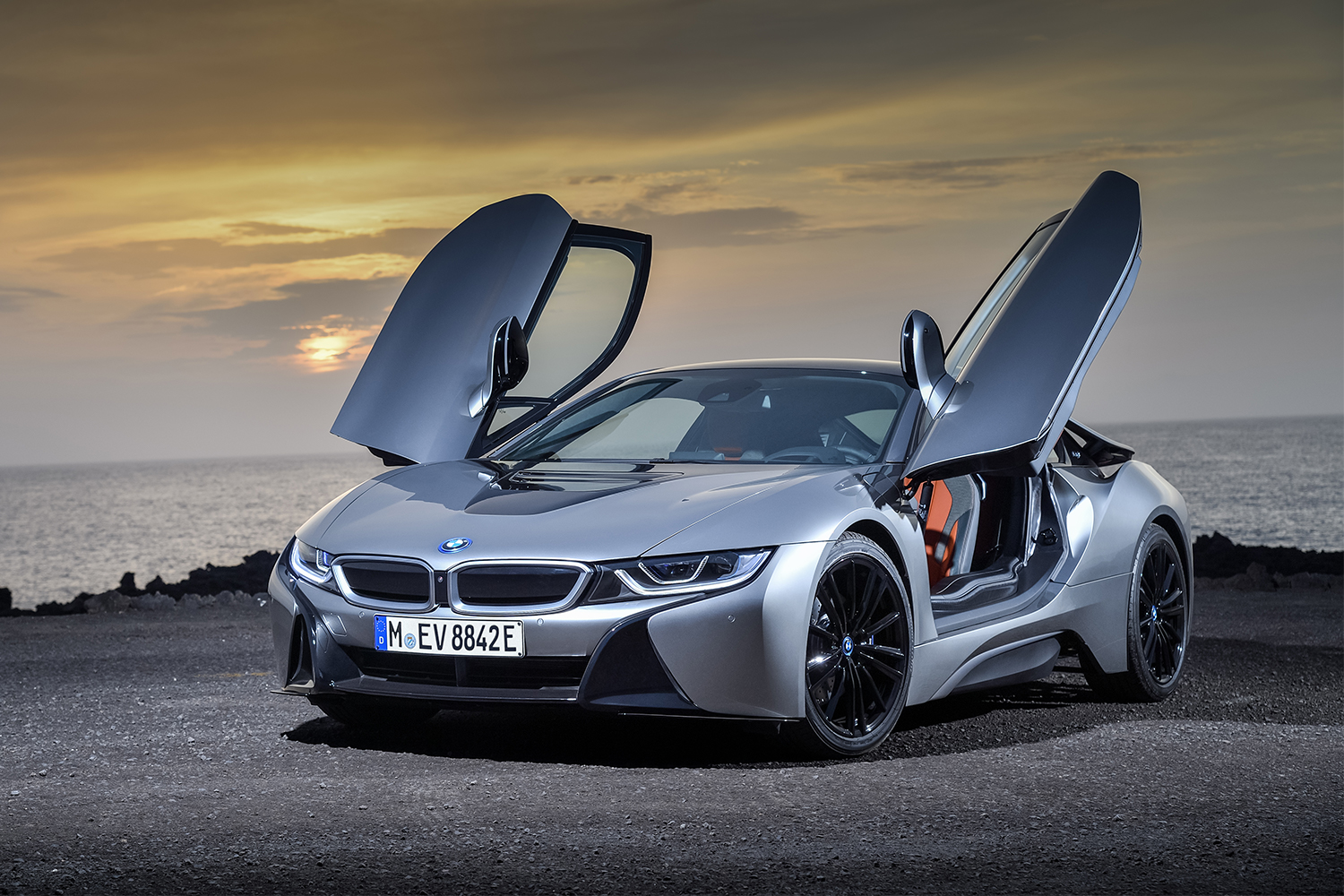
BMW i8
The BMW i8 democratized the idea of a hybrid sports cars by marrying exotic looks with a modest yet fun battery-assisted setup, one that could switch between silent EV operation and growling straight-line speed at the touch of a button. Intended as a mid-range step between eco-focused hybrids and full-on performance machines like the Porsche 918, the plug-in i8 was a fine addition to BMW’s family of electric products when it arrived in 2014.
At the same time, it was clear that the writing was on the wall for the coupe with the futuristic bodywork. Even though a convertible Roadster model would eventually join it in showrooms, BMW had been upfront about its plans not to evolve the i8 into a second generation but rather use it as a test bed for its future electrification plans. It’s no surprise, then, that it’s disappearing after so short a season, but the automotive landscape is definitely poorer for it.
Want something similar? Good luck.
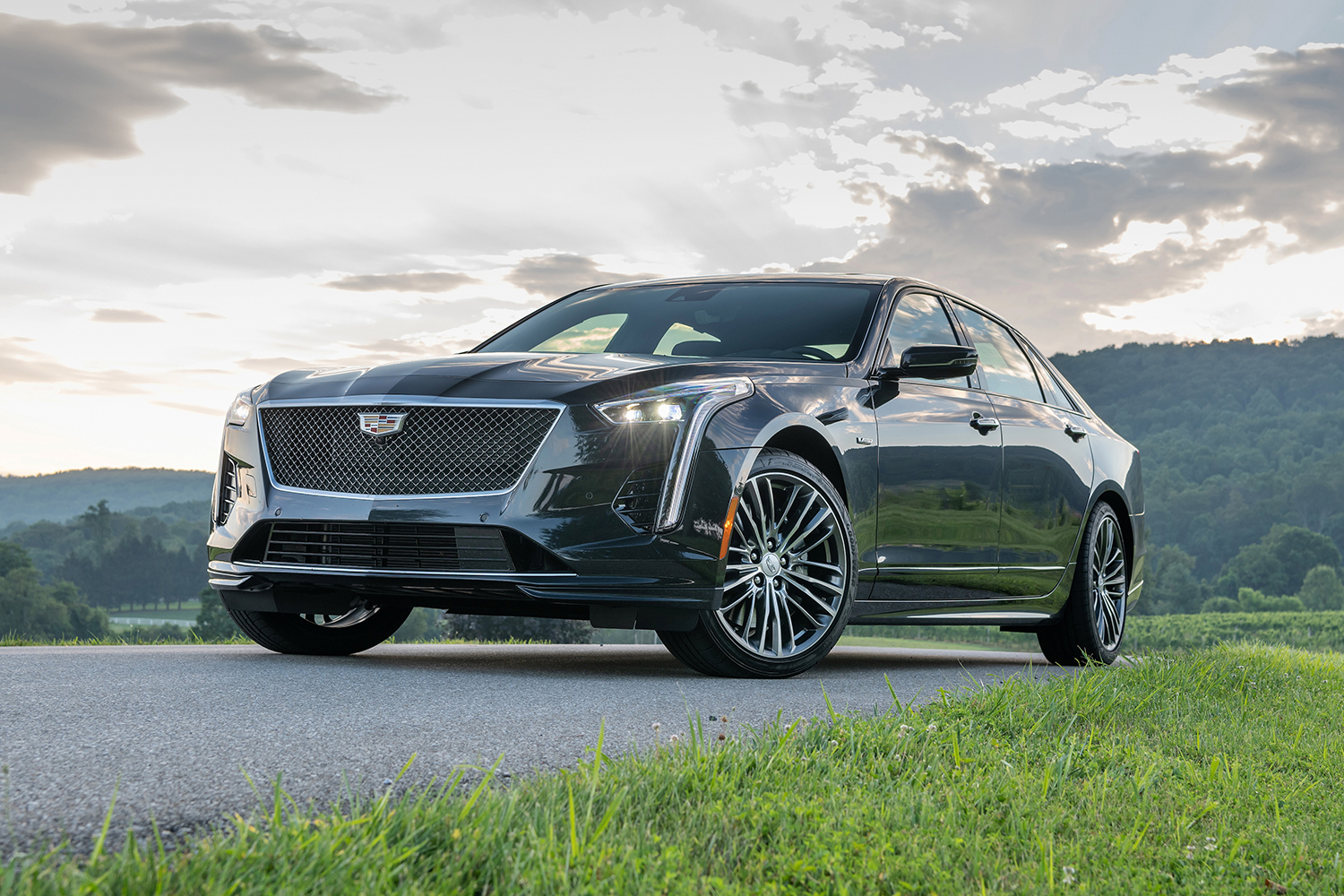
Cadillac CT6
Few luxury brands have been victimized by shifting corporate priorities more than Cadillac. Over the course of the past 10 years it has seen upheaval in the form of relocation (with HQ moving from Detroit to NYC and then back again), the rebranding of every model multiple times save the Escalade SUV, and repeated stall-outs in deciding which of its vehicles should survive.
While the cull of gorgeous yet poorly-priced vehicles like the ELR plug-in hybrid made sense, the CT6 sedan’s fate is a little harder to understand. In less than five years the car went from Cadillac’s most concentrated salvo against the luxury market’s European dominance to a footnote on the inventory selldown ledger. A fantastic car gifted with an even more amazing twin-turbo V8 in the ultra-limited CT6-V model, the CT6 was a victim of bureaucratic bungling and alphabet soup naming schemes, not irrelevance.
Want something similar? The Genesis G90 comes close to the CT6 in terms of big luxury car execution, if not outright performance.
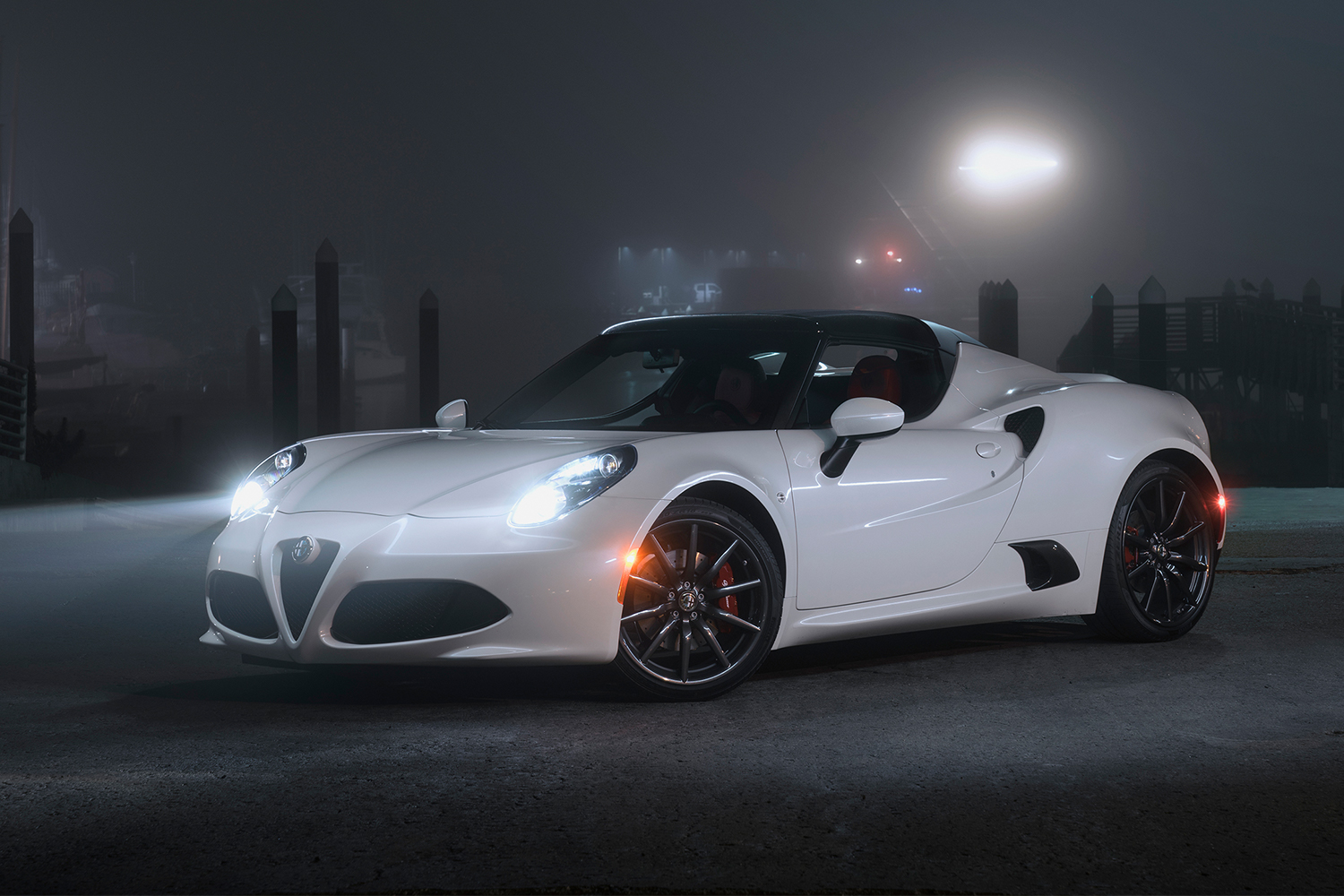
Alfa Romeo 4C
The Alfa Romeo 4C presented a gloriously flawed sports car experience to buyers willing to trade comfort and convenience for a taste of old-school motoring. Featuring a carbon-fiber tub (yet weighing in at more than a steel-bodied Miata), a vestigial trunk (especially when storing the Spider model’s near-useless fabric top), no power steering, and clunky Alpine stereo stuffed into the dash, on paper it was difficult to understand how Alfa Romeo could charge a premium price for the runabout.
Spend more than a moment in its gorgeously sculpted presence, however, and all of the above is forgotten. Shake off its visual intoxication and then drive it on the right roads, and the weirdness of its automated manual gearbox quickly disappears into a blur of grins and turbocharged exhaust blats as the 4C responds to each and every whim with an enthusiasm missing from most modern sports cars.
Too hardcore to find an audience in a world where the pliant Porsche Boxster is objectively “better” in every possible dimension, very few of these Alfa Romeo missiles were ever sold. With the brand in retreat it was a logical place to staunch the financial bleeding.
Want something similar? A base Mazda Miata provides a reasonable facsimile of the 4C’s mission statement, minus its mid-engine character and guttural turbo fury.
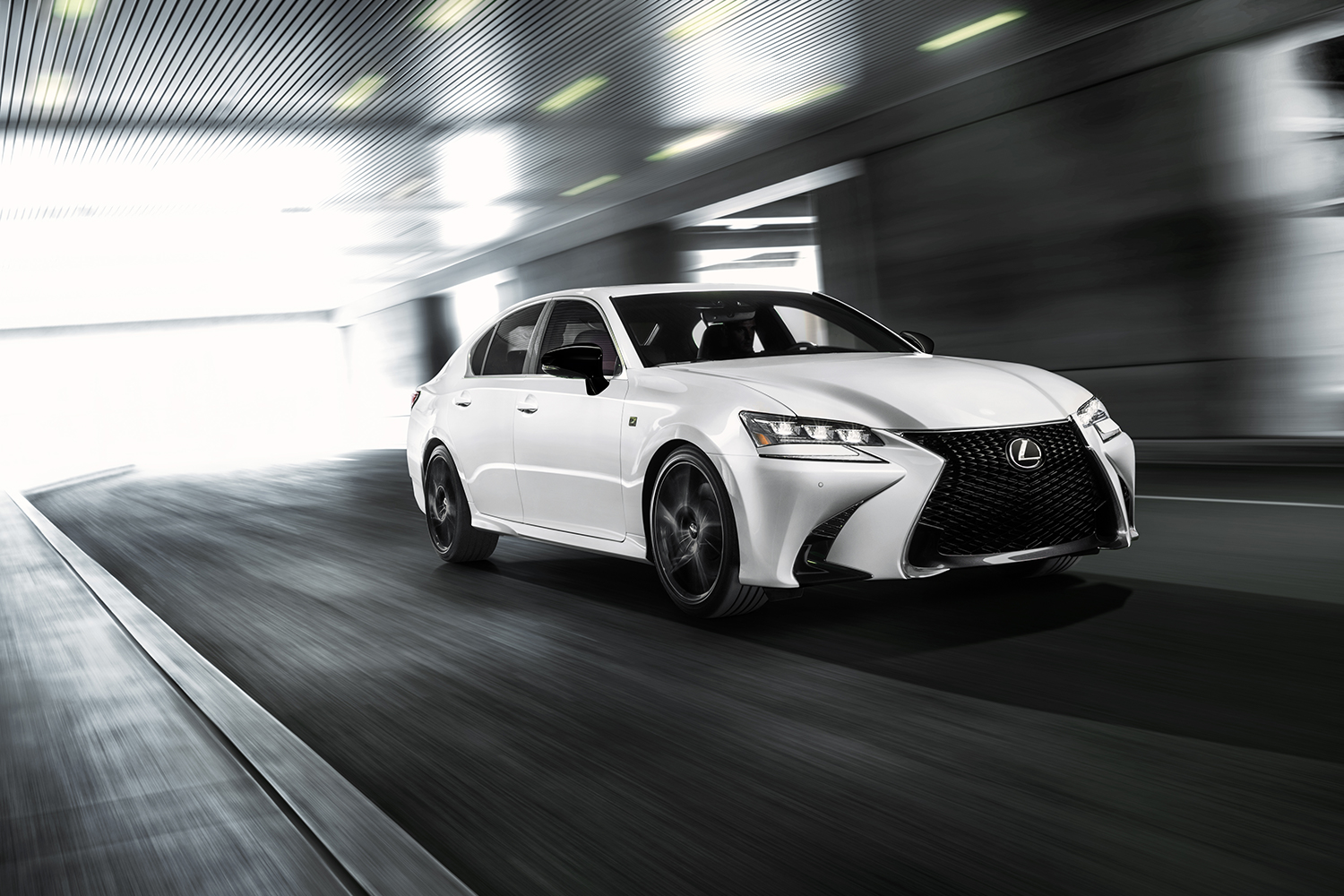
Lexus GS
The Lexus GS was one of the trio of original cars brought to market by the brand when it arrived in America in the early ‘90s. Intending to square off against German-built rivals like the BMW 5 Series and the Mercedes-Benz E-Class, the first-generation GS was well received due to its strong build quality and respectable performance. By the end of the ‘90s, however, it was clear that the European competition had left it in the dust, as the Lexus was unable to match their sheer depth and breadth in terms of drivetrains, features and driver engagement.
The 2000s saw the GS lineup wander from one pole (battery-assisted hybrids) to another (the 467 horsepower GS F) in search of a stable buyer base, but by the teens Lexus had the sedan on life support. Unable to match the strong support of the similarly sized but far more placid ES, the GS was mercifully axed.
Want something similar? The Infiniti Q50 provides a more compelling alternative to the current mid-size Euro luxury crowd at a price point similar to the GS.
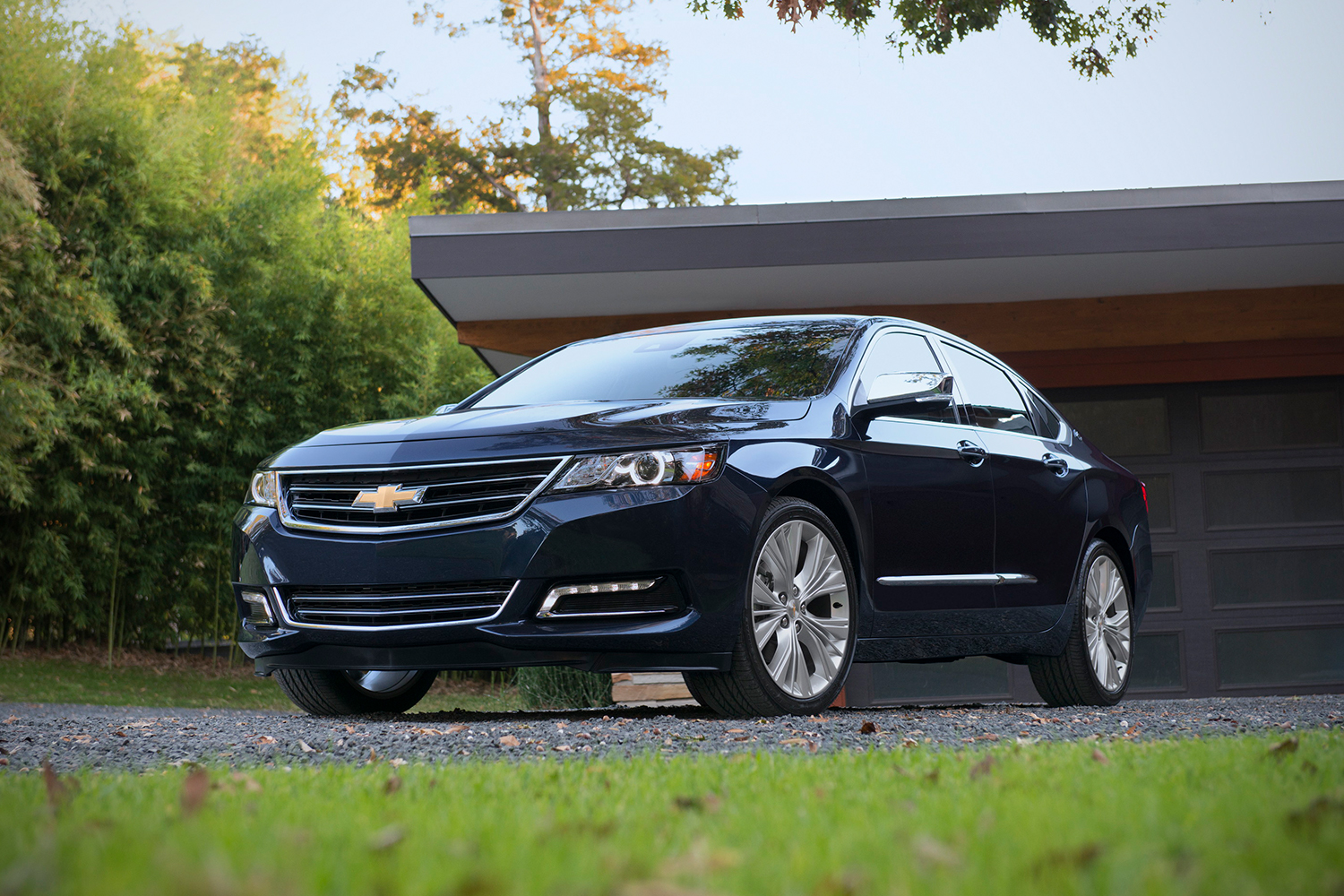
Chevrolet Impala
There’s no Chevrolet nameplate that goes back quite as far as the Impala, which first graced the brand’s full-size family sedans all the way back in the late 1950s before evolving into a big block drag strip warrior in the following decade. Through the years the Impala would grow to monstrous proportions in the 1970s and shrink down to match the more modest box shape of its Caprice twin in the 1980s. After a brief flirtation with a return to its performance roots in the ‘90s (the Impala SS), as well as pop culture stardom through the ’64 convertible model’s newfound appreciation by the hip-hop crowd, it settled back into a role as Chevy’s favorite plus-size chariot.
The dominance of SUVs eventually pushed the Impala into irrelevance, as few space-seeking customers outside of the rental counter considered a car at all when picking their next ride. Its disappearance from the scene makes it one of several victims of the crossover craze on our list.
Want something similar? If Detroit iron is your thing, then the Chrysler 300 is a compelling replacement, but if you want something more plush for your Impala dollars we recommend checking out the Toyota Avalon.
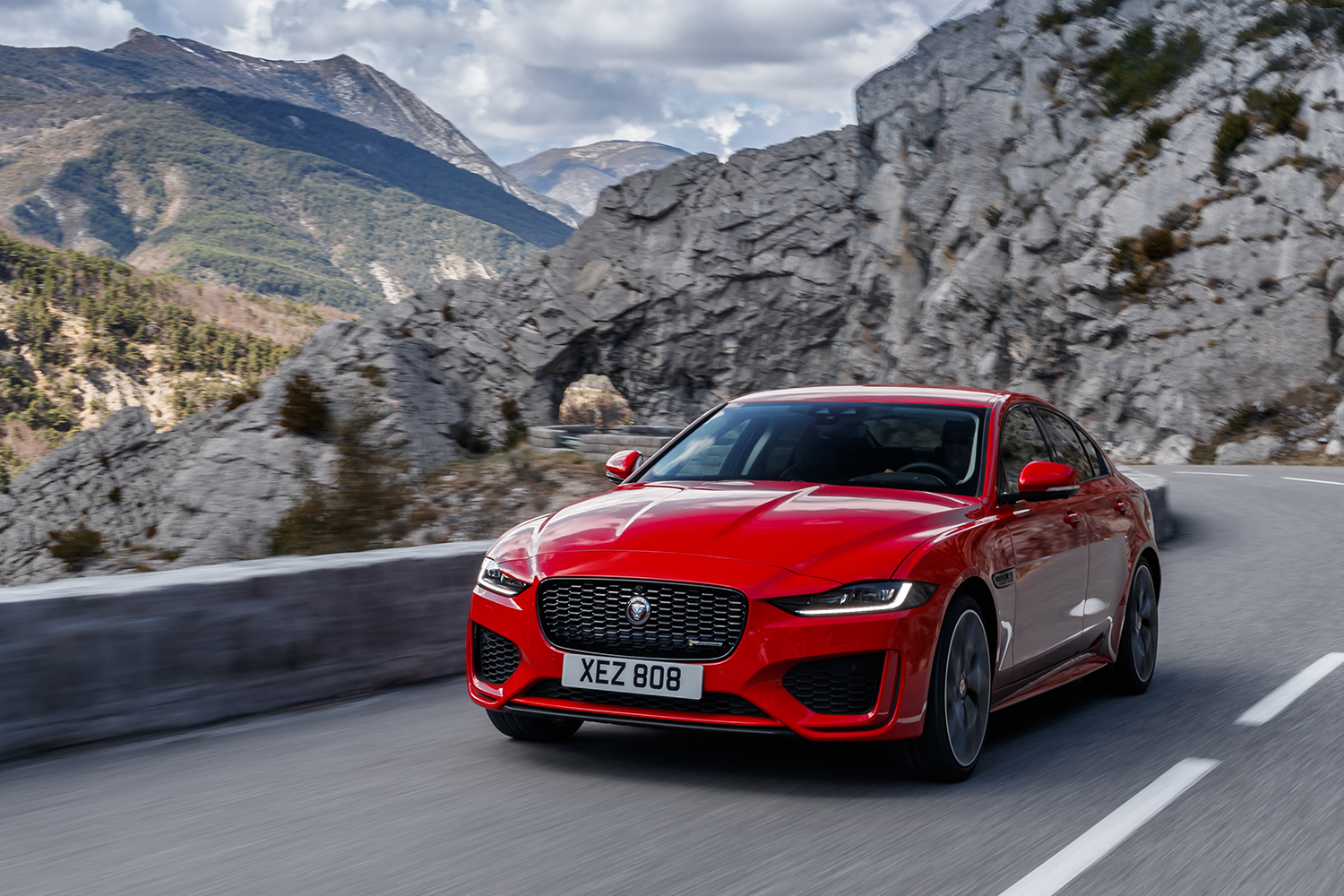
Jaguar XE
When it arrived in 2016, the Jaguar XE was heralded as the key to winning the British brand the volume sales it needed to keep its head above water. The luxury sedan was aimed squarely at compact kings like the BMW 3 Series and the Audi A4, and it offered an all-new, homegrown engine family (Ingenium) to go with its relatively engaging chassis tune and sleek styling.
Unfortunately for Jaguar, the XE never caught on. Much smaller inside than the competition, prospective buyers saw their fancies caught by the more livable mid-size XF sedan sitting beside it in showrooms, as well as the newly-arrived F-Pace SUV. Sales never even reached 10,000 models a year, and while the XF wasn’t doing much better it at least had a wider range of trim levels and prices with which Jaguar could hope to turn a profit. One of them had to go.
Want something similar? The XF is more car for similar money, and it retains the leaping cat badge.
This article appeared in an InsideHook newsletter. Sign up for free to get more on travel, wellness, style, drinking, and culture.
